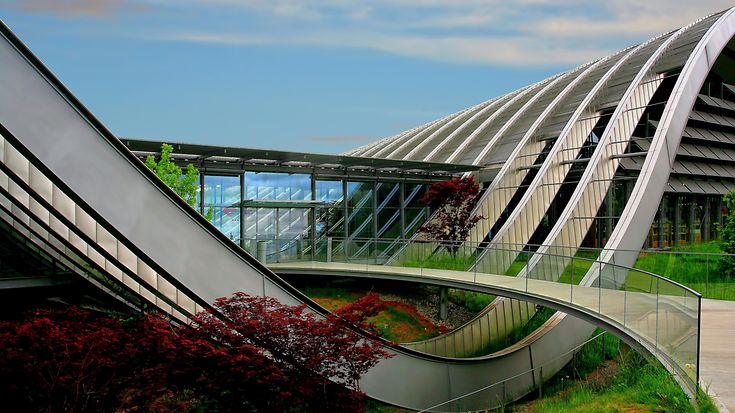Insurance industry as driver of green transformation
The green transformation of Europe is progressing ever more rapidly. Insurers are playing a key role in this. Currently, the implementation of the EU taxonomy, the ongoing Climate Resilience Dialogue (CRD) and the intensified public debate about the industry's contribution are posing new challenges for insurers and raising important questions.

What can insurers do operationally to promote the green shift as guarantors of insurance coverage? How can they better embed prevention measures against natural disasters at all levels? Have the possibilities of private-sector insurance protection against natural disasters and climate change already been exhausted?
GDV invites participants to high-level expert discussion on "sustainable insurance”
The German Insurance Association (GDV) initiated an expert meeting on this issue in Brussels. Politicians, societal figures and representatives from the insurance industry discussed together as guests the perspectives and challenges of "sustainable insurance".
Spotlight on - Sustainable Investments
In diesem #GDVlive geht es um das Thema Sustainable Insurance. Nachhaltiger Versicherungsschutz ist eine wichtige Komponente bei der Transition hin zur nachhaltigen Wirtschaft. Wie können Versicherer die grüne Wende operativ, also als Geber von Versicherungsschutz, fördern? Welche Lösungen können sie zur Prävention von Naturkatastrophen beitragen? Gibt es einen „climate protection gap“ und wie kann er geschlossen werden?
Prevention and climate impact adaptation enable stable insurance coverage
Up to two-thirds of all consequential climate damage that occurred in member states between 2010 and 2019 was uninsured, according to the European Commission. In order to be able to understand where the potential and limits of private-sector risk transfer lie in the context of insurance coverage, the EU Commission launched the Climate Resilience Dialogue (CRD) in 2022. There, representatives of the insurance and reinsurance industry, risk management and the real economy work with representatives of public authorities, the regions and European consumers to better understand the causes and solutions of the climate protection gap.
It turns out that even the precise quantification of the insurance gap is not trivial. From the insurers' perspective, the “climate protection gap” refers to the gap between insurable climate losses and current market coverage, not between economic losses and current insured assets. In addition, multiple causes of the climate change protection gap exist and should be worked on in parallel. Above all, there is still a lot of untapped potential in prevention and adaptation to climate change.
This was also explained by Elena Višnar Malinovská from the EU Commission. In her view, the focus on reducing the protection gap should clearly be on prevention and adaptation measures. GDV’s Oliver Hauner emphasised that uncoordinated legal requirements for the diverse sectors of the financial and real economy pose the risk of the transformation process getting stuck. This cannot be in the interest of all parties involved. Hence, the requirements have to be harmonised to a greater extent.
Charles Low of the Federation of European Risk Management Associations underscored the need for companies to provide targeted support for innovation and transformation through insurance solutions.
Insurance industry takes key role in green transformation
The insurance industry has a key role to play in Europe's green transformation. According to Butch Bacani of the UN Environment Programme, this transformation is based on three overarching areas of responsibility: First, risk management; second, risk absorption; and third, institutional investment decisions. The industry thus has "an unprecedented opportunity to support a just transition to a resilient, carbon-neutral, nature-positive economy and a sustainable future for all."
German insurers have already clearly thrown their weight behind the issue of sustainability and the associated transformation process. GDV recently updated the sustainability position of German insurers. Among other things, the preservation of natural resources and the issue of biodiversity were more strongly anchored there.
The panelists agreed that cooperation between the various stakeholders is particularly important. Political measures, voluntary initiatives, transformation contributions by the insurance industry and its customers, and entrepreneurial innovations need to be more closely intertwined in the future.